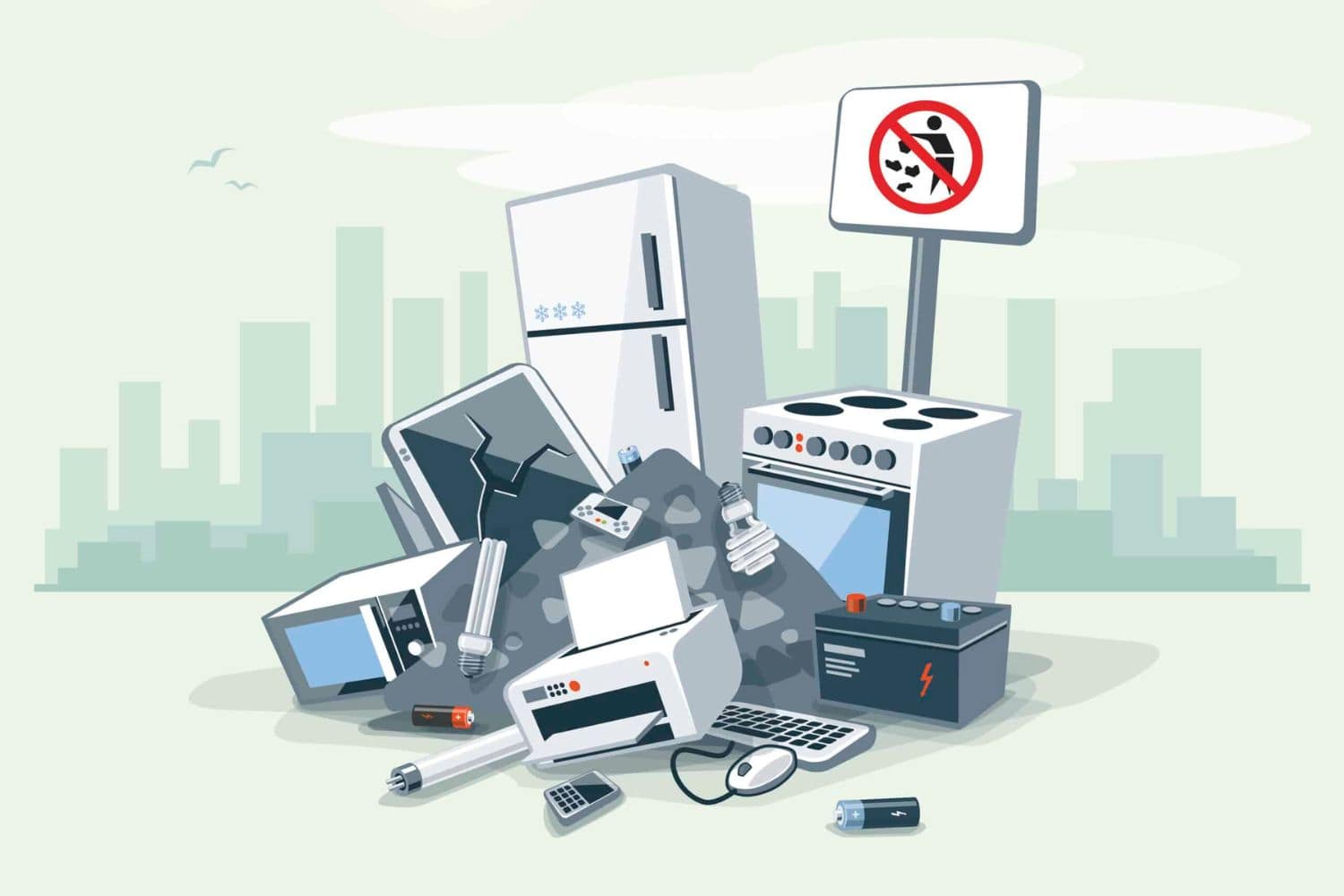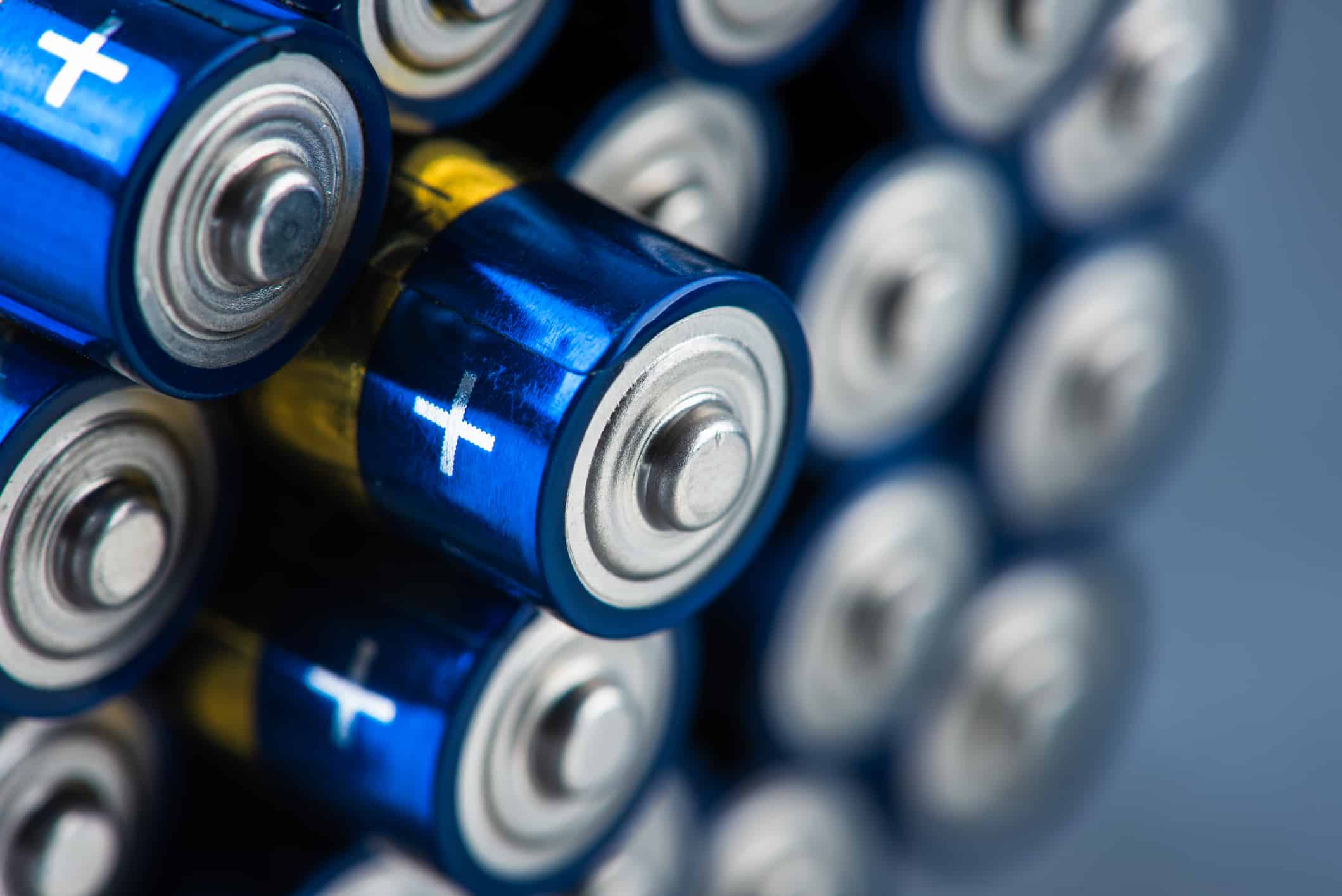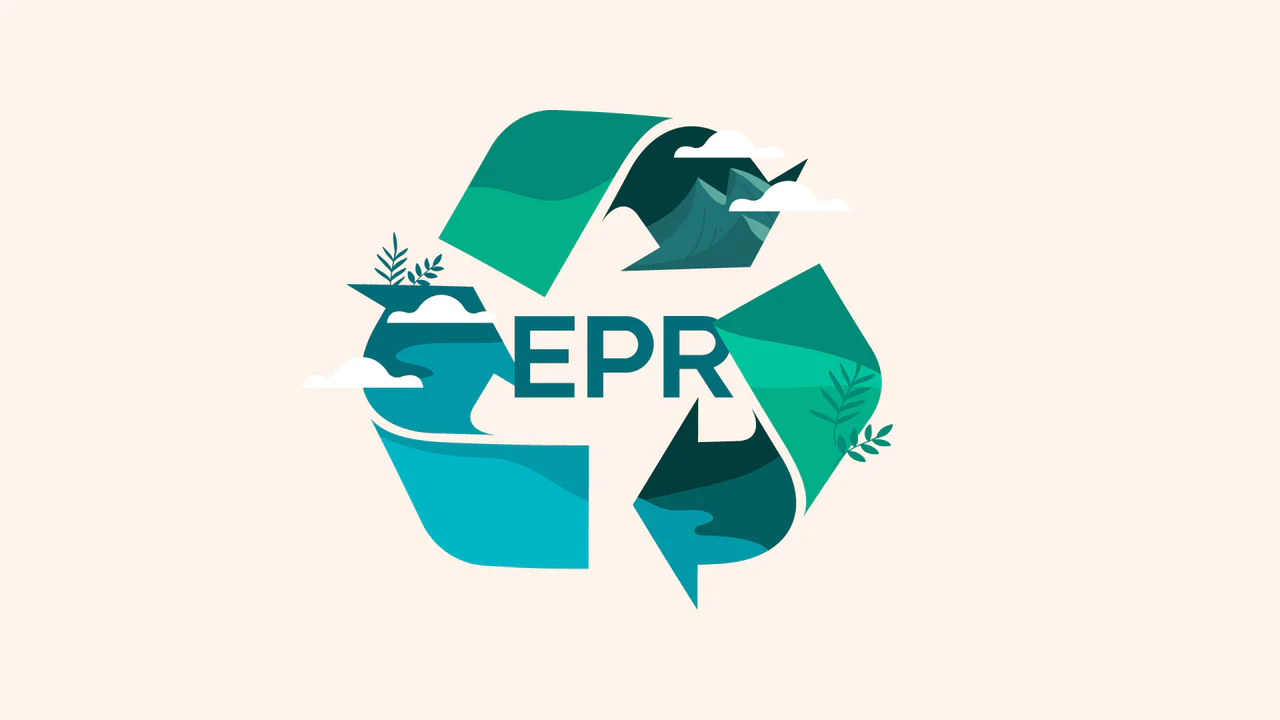Hazardous substances
The restriction of hazardous substances in electronic products (RoHS) was decided by the European Parliament and the Council in Directive 2002/95/EC, RoHS1.
In Hungary, Decree No 16/2004 (X.8.) of the Ministry of Environment and Water transposing the Directive had to be applied from 1 July 2006.
The legislation was revised in the European Union between 2008 and 2010, and thus Directive 2011/65/EU of the European Parliament and of the Council, the RoHS2 Directive, which replaced the RoHS1 Directive, was created and transposed into domestic law by Government Decree No. 374/2012. (XII.18.).
What substances are covered by the restriction?
According to the legislation, six kinds of chemical substances cannot be used in electrical appliances at higher levels than those laid down in the legislation. These 6 substances are lead, mercury, cadmium, hexavalent chromium, polybrominated biphenyls (PBB) and polybrominated diphenyl ethers (PBDE).
What do we need to know about substances restricted by the RoHS legislation?
Lead (Pb)
You have probably heard a lot about the harmful effects of lead in leaded petrol, as the primary source of lead poisoning in the public was the exhaust from leaded petrol cars. However, fewer people know that picture tube equipments also contain lead, not a small amount: TV and computer monitors contain up to several kilograms of lead, which reduced (and this technology is still being used today to reduce) the electron radiation of the picture tube. Lead fixings were also used on printed circuit boards in the past, and lead was also used in batteries. The lead in such equipment endangers human health if it is released into the soil when the waste is not properly processed. In fact, lead from soil is absorbed and stored (accumulated) by plants, so lead can enrich in plants grown on contaminated soil, then in animals consuming the plant in the food chain, and finally in humans at the top of the food chain. Absorption of lead from the alimentary tract averages 10% in adults, but 50% in infants and young children (the absorption of lead via inhalation is 50%). Starvation, nutrition deficient in calcium, phosphorus, selenium or zinc further increases the absorption ratio. Lead damages the kidneys and reproductive organs, and causes developmental abnormalities in children and foetuses (given that it partially crosses the placenta).
Mercury (Hg)
Mercury can be found in switches, relays and occasionally batteries in old electrical equipment. Furthermore, energy-saving light bulbs also contain mercury.
The main source of public mercury poisoning is food, because mercury, like lead and other heavy metals, accumulates and gets enriched in plants grown on mercury-contaminated soil and in animals that eat those plants. Aquatic organisms such as fish, crustaceans and shellfish constitute an outstanding hazard source in this respect. Mercury introduced into the seas and lakes is transformed by bacteria (methanogenic bacteria) into an organic compound, methylmercury, which enters the food chain.
An early, today textbook example of mercury poisoning is the poisoning that occurred in Minamata Bay of Japan. In the mid-20th century, a chemical plant on the Bay coast produced acetaldehyde necessary for the production of acetic acid, using inorganic mercury as a catalyst during the production process, and the mercury-laden waste from the plant was poured into the Bay. First the fish started to die out, then the cats living on the shores of the bay started to behave strangely: they “danced” as if they were drunk (which is why people first started talking about dancing cat disease). Later, Minamata children were found to have severe brain damage, and since then mercury poisoning has been also called Minamata disease.
Mercury is a cellular and neurotoxin, causing serious developmental disorders, so – like lead – foetuses, infants and young children are particularly at risk.
Cadmium (Cd)
Cadmium has been used in electronic products mainly as a semiconductor, infrared sensor or resistor, and can still be found in batteries and accumulators. Cadmium present in electronic products, like lead and mercury, can pose a problem if it enters the food chain through water or soil contamination (it is accumulated in plants, especially cereals and potatoes) and in the human body with food. 5-20% of the cadmium ingested through the diet (80% from plants) is absorbed, 50-75% accumulates in the liver and kidneys, but also damages the skeleton (resulting in Itai-itai disease). It has an extremely long half-life (and thus elimination from the body) of 20-30 years. Cadmium is absorbed more in calcium-, zinc- and iron-deficient bodies.
Cadmium is in the “TOP 10” of the list of carcinogenic substances! It is important to note, for completeness that cadmium is also largely (50%) absorbed from the respiratory tract, and tobacco smoke is a really major source of danger to the public.
Hexavalent chromium (Cr6+)
Chromium is a special element: indeed, depending on its oxidation state, it can behave both as an essential element and as a poison. The so-called trivalent chromium (Cr3+) is an essential element, important for the human body in sufficient amounts, but hexavalent chromium (Cr6+) is toxic and has been proven to have carcinogenic, DNA-damaging (mutagenic) and foetus damaging (teratogenic) effects.
Hexavalent chromium was mainly used as a corrosion inhibitor in electronic products in the past (it is still used in absorption refrigerators in the quantities allowed by legislation). Inappropriate waste treatment of these products can result in toxins entering the human body through soil and water from food and drinking water, where they accumulate mainly in the liver and kidneys. It can cause stomach cancer, inter alia, and it also damages the sperm cells to a large extent, thus having a reprotoxic effect.
Polybrominated biphenyls (PBB) and polybrominated diphenyl ethers (PBDE)
These synthetic compounds cannot be found in nature. It was used as a flame retardant coating on plastic components in electronic equipment. Research has shown carcinogenic, mutagenic, reprotoxic, developmental abnormalities and neurotoxic effects.
When chlorine-containing plastic (PVC) parts are incinerated at 700-800 degrees Celsius during normal waste incineration processes, they produce substances known as dioxins (PCDD: polychlorinated dibenzo-dioxin, PCDF: polychlorinated dibenzofuran, TCDD: tetrachlorodibenzo-dioxin), which have been shown by some research to be carcinogenic.
During the Vietnam War, the US Army used dioxin-contaminated substances to thin the jungle, which were sprayed from aircraft (so-called Agent Orange). In the decades following the war, certain cancers and developmental disorders of children were observed to have increased significantly in the Vietnamese population.
Its human toxicological characteristics are so far controversial, but it is certain that hazardous waste incineration is subject to special rules (e.g. it must be incinerated at much higher temperatures, above 1200 degrees Celsius) and that dioxin emissions from incinerators are restricted (requiring continuous measurement and monitoring). Therefore, the selective collection and special processing of plastic waste and equipment containing plastic materials is a priority.
RoHS regulation changes from 2019
Government Decree No 307/2016 (X.13.) amending the RoHS legislation was published in the Hungarian Official Gazette No 2016/155. This, in line with EU legislation, introduces four additional substances to be restricted, in addition to the six existing restricted substances (Pb, Hg, Cd, Cr(VI), PBB, PBDE), entering into force on 22 July 2019. These are the following:
- DEHP: bis(2-ethylhexyl) phthalate
- BBP: benzyl butyl phthalate
- DBP: dibutyl phthalate
- DIBP: diisobutyl phthalate
The phthalates
Phthalates are organic compounds that do not form strong chemical bonds. They are typically released from various products by slow, long-lasting evaporation. These substances are used to soften plastics (mainly PVC) in order to make the products sufficiently flexible. They can be found in a large number of plastic utility articles, such as flooring, paneling, plastic coverings, healthcare products (oxygen masks, catheters, and blood bags), children’s toys, car parts and electronic devices.
Hard-to-degrade phthalates are the most common pollutants, and phthalate pollution can be detected in the blood of practically all humans, in domestic living water and in house dust.
They can be inhaled into the body mainly via food – from packaging materials – and by dust. The use of phthalates is restricted in the European Union because of their harmful effects on reproductive capacity (DEHP, BBP, DBP, DIBP) and on child development (DEHP, DBP, BBP, DINP, DIDP and DNOP). Some phthalates interfere with the hormonal system to provoke precocious puberty, triggering reprotoxic effects in men. Phthalates are able to cross the placenta and damage the baby already in the womb.
Exceptions to the RoHS legislation
The RoHS legislation not only establishes limit values for the applicability of certain hazardous substances, but also allows an increasing number of exceptions to the application of the legislation, taking into account the availability of alternative solutions and technological and economic feasibility. Such exceptions include, for example absorption refrigerators, which can still (in 2018) contain hexavalent chromium (as long as no switch to an economically feasible alternative is found):
Other hazardous substances in old electronic devices: asbestos, PCBs and PCTs
Although the RoHS regulations themselves do not cover asbestos, PCBs and PCTs as hazardous substances used in electronic equipment (the reason is that other legislation has already banned these substances), as our old devices may still contain these substances, here is a brief description of these banned substances.
Asbestos
Asbestos, a naturally occurring silicate mineral with a fibrous structure, is something many of you may have heard of, particularly in relation to the use of asbestos cement slate roof and insulation in the construction industry. However, fewer people are aware that it was used in vehicles for brake linings and clutch discs, as a heat-resistant protective clothing due to its excellent heat-resistant properties, and was also used in the past in electrical insulators and in high-temperature equipment (e.g. boilers and cookers). It does not cause any health problems in its undamaged state, but asbestos released into the air through wear and tear of products is severely harmful to health. Asbestos easily splits lengthwise, so fibers 0.1 – 0.2 micrometers in diameter can be inhaled into the lungs, where they can cause the following three diseases:
- asbestosis: causes tissue scarring in the lungs that does not cause cancer but can cause difficult breathing and inflammation;
- lung cancer: the leading cause of most asbestos-related deaths; it typically develops in people working with or in contact with asbestos for long periods of time;
- mesothelioma: a specific form of cancer that occurs in the thin membranes of the lungs, chest, abdomen and heart and is almost always linked to contact with asbestos.
Application and use of asbestos was banned by Directive 1999/77/EC. The EU rule was transposed into Hungarian law after Hungary’s accession to the EU in the form of Decree 41/2000 (II. 20.) of the Ministry of Health and the Environment, which banned the marketing and use of products containing asbestos from 1 January 2005.
Polychlorinated biphenyls (PCBs) and polychlorinated terphenyls (PCTs)
These substances are similar in their effects to the PBBs and PDDEs affected by the RoHS legislation. It was used as a flame retardant coating on plastic components in electronic equipment. Research has shown carcinogenic, mutagenic, reprotoxic effects, the induction of developmental abnormalities and neurotoxic effects. When incinerated under inappropriate conditions, dioxins are produced.
PCBs are one of the “deadly twelve” compound groups (the name comes from the toxicologist Dr. Béla Darvas), so-called persistent organic pollutants (POPs). A common characteristic of POPs compounds is that they degrade very slowly and hardly or not at all in the environment. Their degradation depends on the number of chlorine atoms in the compound: the more chlorine atoms they contain, the less likely they are to degrade naturally (typically, even microorganisms cannot handle molecules containing 4 or more chlorine atoms). The ban on POP compounds was formulated in the Stockholm Convention of 2001, which was promulgated by Hungary in the form of Act V of 2008.
The restriction and the 2010 ban on the use of PCBs was provided for in Decree 5/2001 (II. 23) of the Ministry of the Environment, which transposed Directive 96/59/EC.
Attention!
We could see that many hazardous substances are no longer present in today’s appliances, or only in limited cases and quantities. It is important to emphasize that these substances do not cause problems even when the old appliances are used as intended, and the toxic effects of the components used in them do not occur during use. However, it is of paramount importance to have electronic equipment repaired by a professional service technician in case of failure, and to collect waste from equipment selectively, as it can pose a significant risk to the environment and therefore to humans if waste is not properly treated.
Sources: we have also used information from www.kockazatos.hu website to compile this page.
This page corresponds to the fulfilment of the obligation to provide information provided for in subparagraphs a) – c) of Article 7 of Government Decree No. 197/2014 (VIII.1.) on waste management activities related to electrical and electronic equipment.










